By Samir Raafat
Cairo Times, August 7, 1997
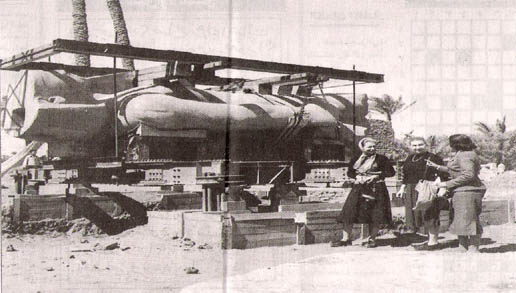
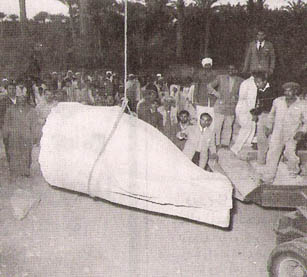
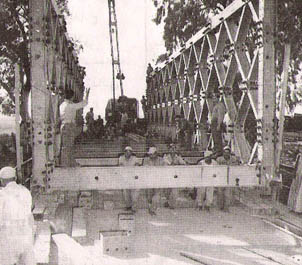

Engineer Sadek Naguib Fahmi reviewing transportation plans
|
|
|
|
|
Cheers to our "talented" literature prize awardee. Your pain his gain !!!
|
|
|
EGY.COM - LANDMARKS - CAIRO - HELIOPOLIS
|
|




Engineer Sadek Naguib Fahmi reviewing transportation plans
Onlookers who had read the morning papers learned this was no ordinary Ancient Egyptian ruler. Not of royal descent, his family had taken over the reigns of power from the 18th Dynasty whose best known pharaohs included Akhenaton and his teenage successor Tutankhamon. Once settled on Egypt's gilded throne he consolidated the illustrious 19th Dynasty made up of like-minded military men. High Priests and general public alike went into absolute submission.
The implicit parallel between this pharaoh’s ego and Egypt's strongman Gamal Abdel Nasser could not be missed. Nasser too was of humble decent with a military background and had toppled a ruling dynasty. Small wonder one of the first decisions regarding the remodeling of Cairo was that of placing the larger than life statue of Ramses II in the capital's busiest square. Perhaps one day, that other famous square, Midan al-Tahrir, would host the statue of Egypt's latest pharaoh, Nasser the First!
The Pharaoh being moved to the center of Africa's oldest capital was that of Ramses The Great who reigned from 1304 to 1237 BC making him the second longest reigning monarch in Egyptian history. He had conquered and subdued the rebellious princes of Palestine and Southern Syria, and had waged war on the impregnable Hittites of Anatolia. It was also with the Hittites that Ramses signed history's first recorded peace treaty.
Ever since it was sculpted out of red granite, the 125-ton, 11-meter high statue of Ramses laid on its back watching history go by. As centuries turned into millenniums the statue blended in with the surrounding scenery eventually being buried beneath it. Yet, for some unclear reason it was re-buried for another 67 years after its discovery in 1820, the same amount of years Ramses ruled Egypt.
Uncovered for a second time, the great pharaoh was about to be transferred from his original temple near the Ancient Egyptian capital of Memphis, to the nearby metropolis of Cairo.
Pharaoh was being resurrected by a modern day Ramses.
The statue's 20th century journey started from its lonely resting place at Mit Rahina at 05:00. The made-to-order stretch trailer was preceded by outriders and tracked by a heavy security detail. Buses bursting with media men were in hot pursuit of this unprecedented motorcade as it threaded along narrow country roads in between palm trees and water buffaloes turning listlessly around waterwheels. The scenery had not changed much since Pharaoh had visited last.
As the convoy crawled northward across rickety rural bridges leading out of the Sakara and towards Giza's plateau, it was as though the distant pyramids, shimmering in the first morning light were beckoning.
The crown of Ramses, weighing three tons, traveled on a separate truck as did his injured right leg. By the time the convoy reached Pyramids Avenue, the media men were amok trying to catch the historic footage. Ramses The Great sightseeing the monuments of his noble ancestors Cheops, Chefren and Mykerinos. Pharaohs were making history again!
After a brief stop, the procession resumed its journey. Since it was unlikely that the trailers could handle the Giza underpass, a special crossing was improvised across Upper Egypt's' railway line. The rest was easy navigating.
First, the drive by Giza's Zoo once a former Khedivial residence. The caged lions were said to have roared in unison as the convoy passed nearby.
Then, across the newly renamed Evacuation Bridge, under the watchful eyes of Egypt's former premier Ahmed Maher Pasha who was assassinated when he thought he could change the course of history.
A small stretch later and Ramses passed under the imposing statue of nationalist leader Saad Zaghloul Pasha, whose great feats and charisma had mobilized an entire nation. Often considered an aging latter day Ramses, Zaghloul’s rule was shortened by ill-health
Passed Zaghloul were the legendary Kasr al-Nil Bridge lions by Jacquemart. The kings of the jungle looked on in amusement. Was not this pharaoh a distant cousin of the Sphinx who thought he was a lion!
Ramses then crossed onto the Nile's East bank where pharaohs had never been buried. Sacrilege!
The procession moved on towards Ismail Pasha Square (renamed al-Tahrir) and went down Queen Nazli Avenue henceforth to be renamed Ramses Street.
Bab al-Hadid was within sight! It was 11:53.
At Bab al-Hadid the statue was transferred to a temporary concrete and steel bed. It lay in state until the granite base with its water fountain was ready to receive it. The statue would stand upright for the first time in three millenniums. Meanwhile, Mokhtar's masterpiece "Egypt's Awakening" was hurriedly moved from Bab al-Hadid to its new location in Giza in front of Fouad al-Awal University (renamed Cairo University).
The unveiling ceremony of the revamped Ramses Square was scheduled for July 23rd, coinciding with the third anniversary of the 1952 coup. It was only fitting therefore that its principal beneficiary, whom modern-day scribes were already describing as "the greatest Egyptian ruler since Ramses the Great", do the honors.
Little did anyone realize then that while Ramses II had added large territories to his ever-expanding realm, Nasser would lose a large chunk of Egypt to the enemy during a humiliating six day war in June 1967. When he died five years later Egypt had shrunken to its smallest size ever in recorded history. So much for presuming to compare the defeated Rais to Ramses the Great!
On July 23 the statue of Ramses was not yet in place. 'A technical hitch' claimed the cringing contractor. The much publicized ceremony was canceled and al-Rais with the American ambassador in tow, celebrated the groundbreaking of the Nile Hilton Hotel instead.
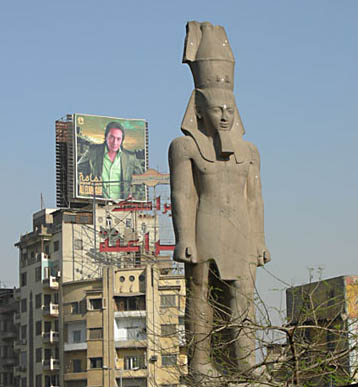
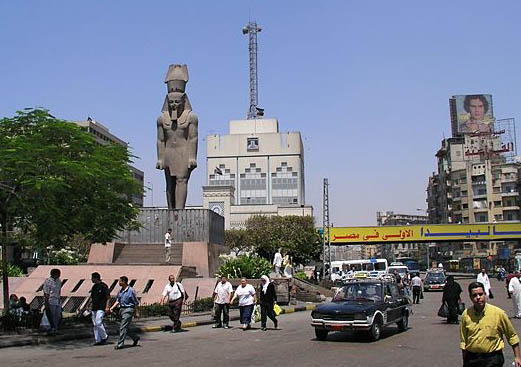
Ramses II overlooking his latter day subjects in one of Cairo's ugliest squares
Today, with Ramses Square looking like it was the scene from World War Three, there is ceaseless talk that the statue of Ramses II is scheduled to return to its original resting place.
The draconian changes promised by the 20th century Ramses never materialized.
And as has been the case for six thousand years of recorded history, Egyptians continue to master the art of sanctifying its pharaohs, both ancient and modern.
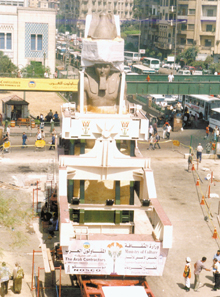
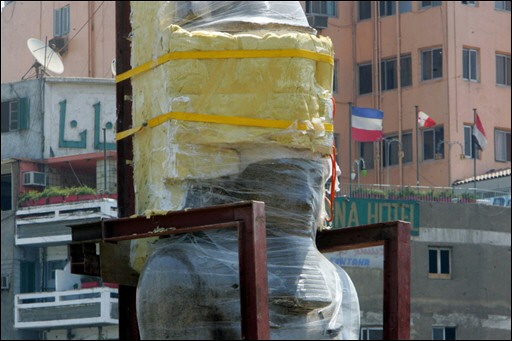
24 August 2006: 51 years and six months to the day since
his arrival in downtown Cairo, Ramses II in protective gear readies to escape
the noise and pollution of a rapidly deteriorating nation's capital. His latest
journey will take him to the de novo (under construction) antiquities museum
within sight of the Giza Pyramids.
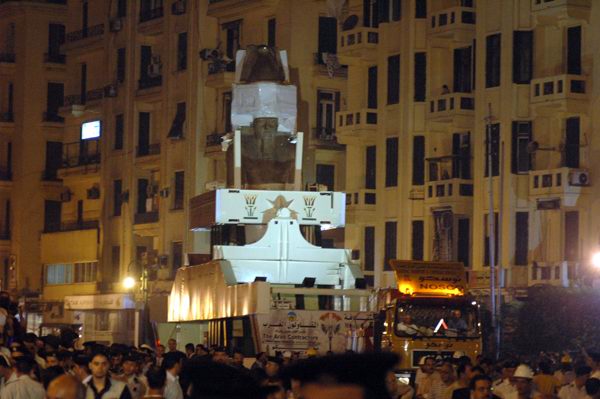

|
|
|
|